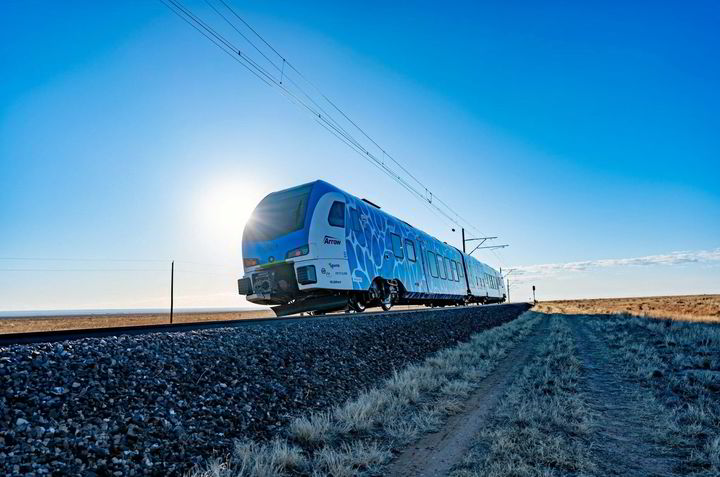adma
Superstar
Ah, all this talk about ham sandwiches and gas



The aluminum/gallium catalyst looks promising. One interesting thing about the Genepax device is that they state that it will operate continuously, so long as it has water. That suggests that they have developed a catalyst that is not sacrificed.
But the new nukes they are building will have the capability of making hyrdrogen in massive quantities, then it will be more feasible to have hydrogen trains.
I found some links regarding the Genepax car. It is clear that their cell consumes aluminum to produce hydrogen. To produce or regenerate that aluminum, you need to spend at least as much electricity as will be recovered from the hydrogen. Therefore, their invention might be useful as a compact energy storage for cars, but not for large-scale hydrogen production.
The other link you posted, http://pubs.acs.org/cgi-bin/sample.cgi/jacsat/2005/127/i34/pdf/ja053860u.pdf, is about using a catalyst for the reaction of water with organosilanes. Hence, the organosilanes are consumed to produce hydrogen. Production of organosilanes requires a lot of energy, hence again no chance to use this process in any large-scale hydrogen production. This publication is of fundamental scientific interest, to better understand the mechanisms of chemical reactions.
Is there any use for the resulting by products that are useful/valuable?
Let's just appreciate this neat little demonstration project without repeating the same tired debate about battery vs hydrogen vs overhead wires which always contains the same arguments.
I think it's nice that the train is bringing some publicity and business to the Charlevoix line. That line is a nice way to keep the railway operational and also operate some unusually European rolling stock in regular service in Canada.
The Flirt H2 model, made by Swiss trainmaker Stadler, travelled 1,741 miles (2,803km) on a test track in Colorado, over the course of 46 hours on the evening of 20 March and throughout the night and following day.s
The train started the test with a full tank and did not refuel, with drivers from Stadler and Ensco taking it in turns to operate the machine throughout the world record attempt.
Stadler did not reveal any details of the size of the fuel cells fitted to the record-breaking train, however the Flirt H2 model supplied to the San Bernadino County Transportation Authority (SBCTA) in California this year — set to be the US’s first hydrogen train — is fitted with 12 fuel cells of 100kW each, implying an overall hydrogen powertrain of 1.2MW.

Fairly sure you mean portableHydrogen also has the distinct advantage over electric in being that it is potable
The exhaust could be potable!Fairly sure you mean portable




